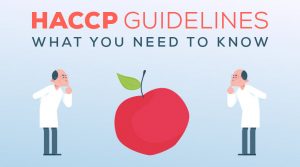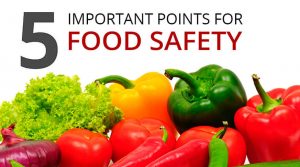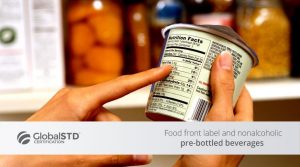

Focusing on the client of the management system perspective
1 July, 2016 - Quality
Currently, most of the organizations focus on the customer and quite often resources are investing in creating...

Get to know Proposal 65 of California’s State
20 April, 2016 - Harmlessness
The 65 proposals of California’s state come into force in 1985 protecting water and food. This action...

How to make a market recall?
29 July, 2015 - Harmlessness
What’s a market recall? What’s the procedure suitable? In case of a recall, it’s important to have...

5 steps to handle nonconformances
19 May, 2015 - Quality
According to ISO, a nonconformance is not fulfilling a system requirement, either specified or not. A requirement...

The difference between an operational prerequisites and a program prerequisites
16 April, 2015 - Harmlessness
A common question among organizations when auditing: the difference between an operational and a program requirement? ...

HACCP guide
13 August, 2014 - Harmlessness
HACCP meaning: Hazard Analysis and Critical Control Points. HACCP plan manages food safety by identifying, analyzing, and...

5 important points for food safety
5 August, 2014 - Harmlessness
The food safety is a topic that shall concern us, although it’s not always like that, this...

Food front label and nonalcoholic pre-bottled beverages
21 July, 2014 - Harmlessness
Last February 14th, 2014, was published on the Official Journal of the Federation, a decree which modifies...

ISO 26000 Guide | Socially Responsability
18 July, 2014 - Social Responsibility
People familiar with ISO standards know that these standards positively contribute to solutions and benefits for almost...

What is the FSSC 22000 certification?
30 May, 2014 - Harmlessness
This is a certification program for food safety systems aimed at organizations that manufactures or produce animal...
NEWSLETTER
Subscribe to our newsletter and receive news and special promotions in your email

